Painting Galvanized Metal
vic99
18 years ago
Related Stories
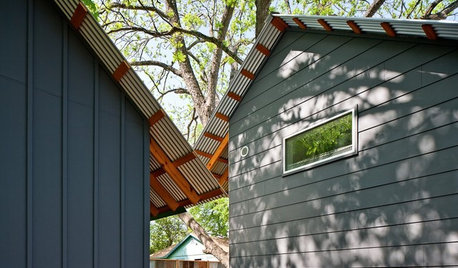
DESIGN DICTIONARYCorrugated Galvanized Iron
Metal for roofs and walls stays strong and repels rust when it gets special treatment
Full Story0
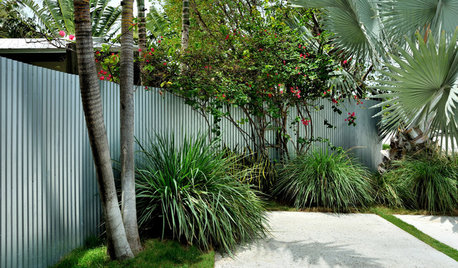
MATERIALSHumble Corrugated Metal Brings Modern Style to the Garden
This sustainable material is not just for rooftops. See these ideas for using it for fences, beds and rain barrels in your yard
Full Story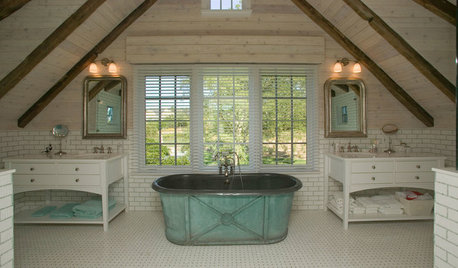
BATHROOM DESIGN7 Metal Tubs That Steal the Show
Industrial-style metal tubs offer lightweight, unique alternatives to porcelain. Could a metal tub be for you?
Full Story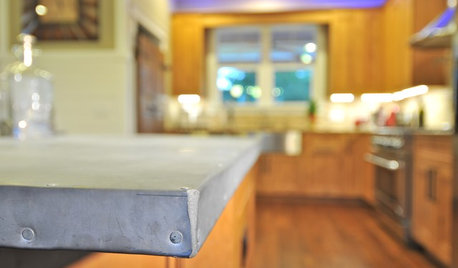
DESIGN DICTIONARYZinc
Zinc, key to galvanizing metal, is a versatile choice for roofing, countertops and more
Full Story0
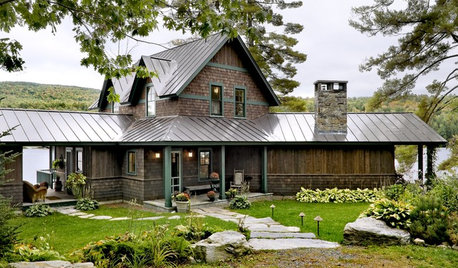
REMODELING GUIDESMaterials: The Advantages of a Metal Roof
Metal reigns in roofing style, maintenance and energy efficiency
Full Story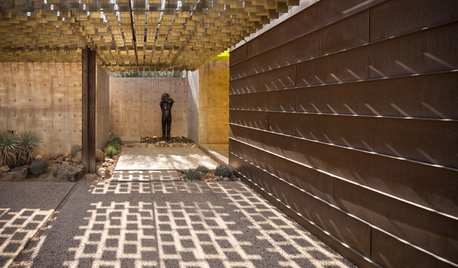
REMODELING GUIDESMetal Works Wonders With Home Exteriors
Whether they use steel panels, a copper skin or corrugated cladding, these metal home exteriors gleam with ingenuity
Full Story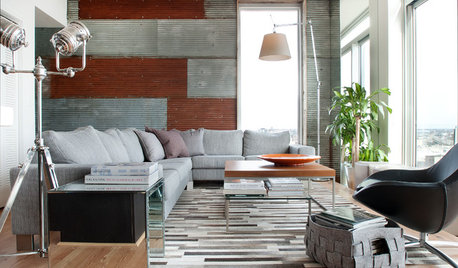
REMODELING GUIDES5 Places to Love Corrugated Metal in Your House
It’s budget friendly, versatile and even colorful. Is it any wonder this popular exterior material is making inroads indoors?
Full Story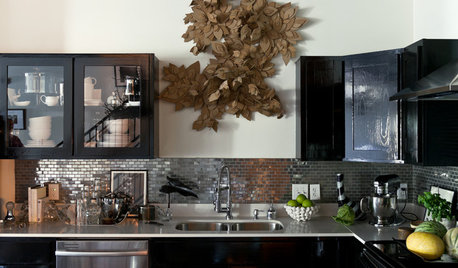
DECORATING GUIDESMetallic Home Décor Shines On
Let furniture and accessories reflect on your personality with a dash of silver, chrome or gold
Full Story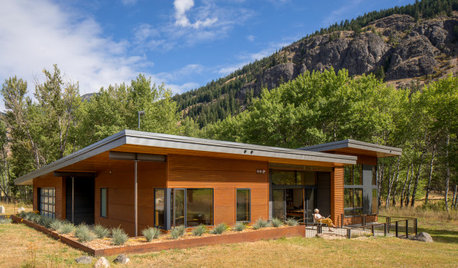
LANDSCAPE DESIGNHow to Make Your Metal House Feel at Home in the Landscape
Pull textures and hues from home to garden while allowing nature to take its course
Full Story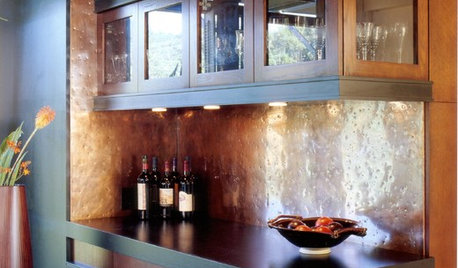
DECORATING GUIDES7 Great Places for a Hammered Metal Finish
Amp up the character in your kitchen (or any room, really) with the gorgeous texture and artful look of hammered metal
Full Story





cogla
wiredheart
Related Professionals
Chaska Furniture & Accessories · Culver City Furniture & Accessories · Van Nuys Furniture & Accessories · Jacinto City Furniture & Accessories · Caledonia Interior Designers & Decorators · Hagerstown Interior Designers & Decorators · Asheboro General Contractors · Ashtabula General Contractors · University Park General Contractors · Portland Siding & Exteriors · Baltimore Siding & Exteriors · Beverly Hills Siding & Exteriors · Orange County Siding & Exteriors · West Bloomfield Township Siding & Exteriors · Iowa City Siding & Exteriorsvic99Original Author
wiredheart
sudsmaster
commonground
rogster
WhittakerJ
mysterylectricity